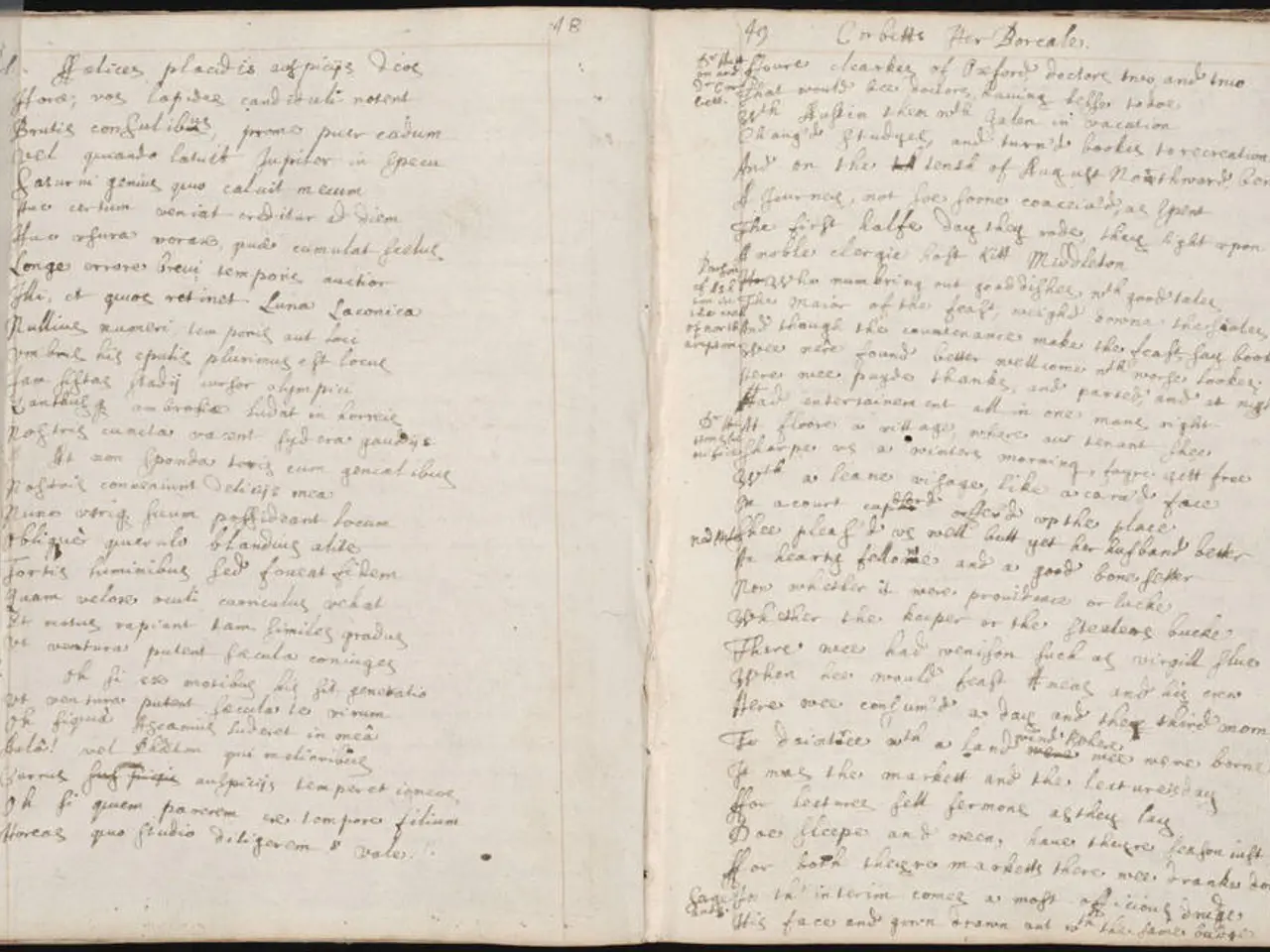Guide to Maximizing Your Book's Potential Through Expert Editing in a Professional Context
In the journey of publishing a book, receiving feedback from a professional editor is a crucial step. Here's a step-by-step process to help authors make the most of this valuable feedback.
Firstly, it's essential to step away from the feedback and manuscript for a few days. This emotional detachment allows you to approach the comments with fresh eyes and evaluate them more effectively. When you return, carefully review the tracked changes and comments.
Each edit presents three options: agreeing to individual changes, disagreeing with them, or agreeing to all changes at once. When comments are unclear, ask your editor for clarification before making changes. Use the comments as tools rather than personal judgments, identifying patterns in feedback that point to underlying issues.
As you rewrite sections, focus on problem areas indicated by multiple comments and ensure that revisions improve clarity, flow, and consistency. Rewrite strategically to address core issues.
Seeking additional feedback—whether from the same editor, beta readers, or writing groups—can guide further improvement. This iterative process of feedback and rewriting helps refine the manuscript and strengthens the narrative. Maintain an open but critical mindset throughout, balancing your creative vision with constructive input, and prioritise changes that enhance the reading experience for your target audience.
The feedback consists of two elements: a separate report and a manuscript with tracked changes. The report contains the editor's thoughts and guidance, while the tracked changes are smaller alterations embedded within the main manuscript.
After completing your revisions, it's time to seek feedback from friends and family, but only after the rewriting stage (the book's second draft). Friends and family can help in the final read-through by marking errors on the copy. However, be aware that their feedback may be biased and generic, and you're advised to decode that feedback to add value to your book.
Publishing the book is an exciting, fulfilling, and hopefully profitable pursuit, but the first draft is not the end, but the start. The professional edit is just the start, and it will take at least two or three rewrites to navigate the editor's feedback.
In summary, stepping away from feedback initially to emotionally detach and return with objectivity is crucial. Review tracked changes and comments carefully, identify feedback patterns for focused rewriting, rewrite strategically to address core issues, seek further feedback after revisions for continued improvement, and work methodically and at a steady pace. The article provides a step-by-step process to help authors utilise feedback from professional book edits.
After completing the first draft, the professional edit marks the beginning of multiple rewrites. By approaching the editor's feedback with a fresh perspective, authors can make meaningful improvements to the book's clarity, flow, and consistency. Seeking additional feedback from various sources can further refine the manuscript and enhance the entertainment value for readers.







